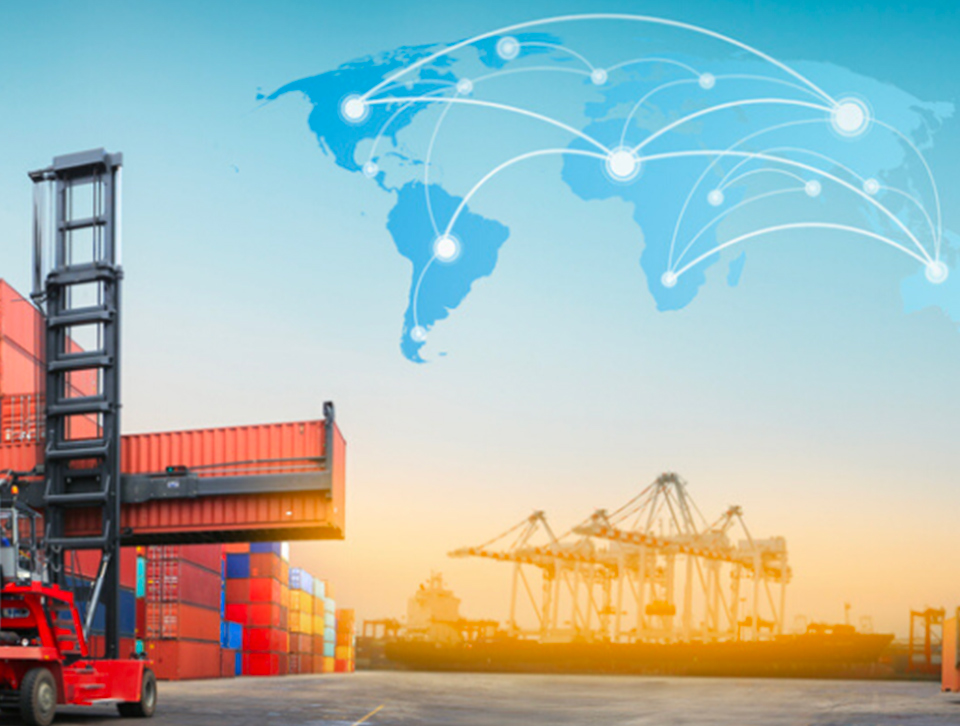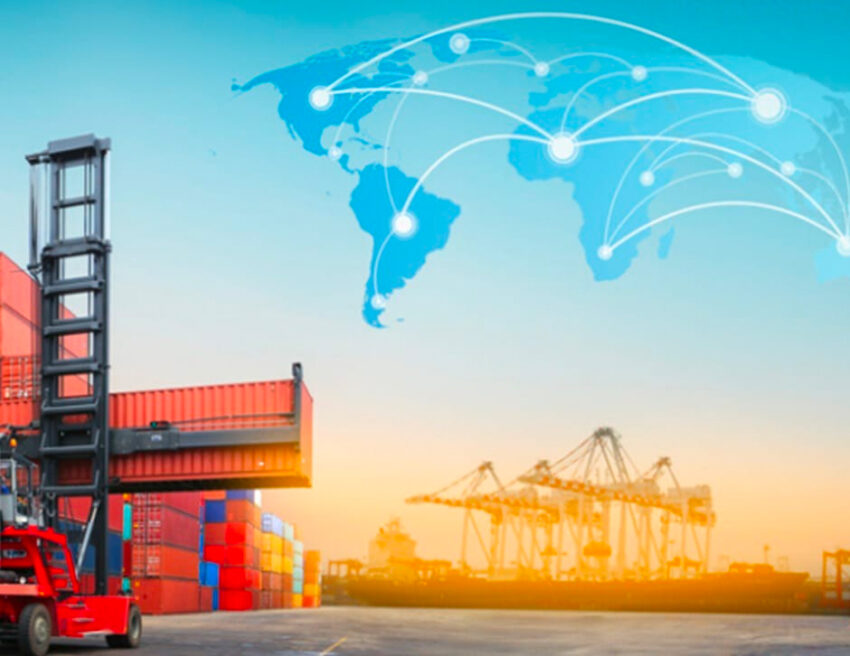The market size of the transportation and logistics industry could register a CAGR of over 4% between 2021 to 2026. This is mainly because of the rise in global trade volumes coupled with the increased trade agreements across nations. As per research by Valuates Reports, the market size of the freight forwarding industry will reach approximately $207 Billion in the next 5 years. In today’s blog, we are going to take you through a brief report on the projected growth of the market size of our sector. Read on to find all the details.

The freight forwarding market scene in 2021
To go by the latest report from Ti (Transport Intelligence), the transportation and logistics industry is going through its recovery phase following the massive contractions in the previous year. Nevertheless, the high freight rates across the sea freight and air freight sector is posing stiff challenges for independent freight forwarders. Following the pandemic, the international logistics market shrank by 8.7%. This was by far one of the worst financial years of the freight forwarding sector. However, the market has been recuperating considerably since 2021 and by the end of this year, we would see a growth of this market by 11.6%.
“A tumultuous 2020 saw major disruptions in supply chains the world over with the ability of forwarders’ to keep goods moving severely tested by shocks to supply and demand, carriers greatly reducing capacity, and congestion at logistics gateways…Although the market saw one of the sharpest contractions in recent memory in real terms, sky-high rates resulted in record-breaking top-line performance for many forwarders. The pandemic also accelerated digitization and digitization efforts across the market as speed, agility and responsiveness proved highly valuable capabilities during the crisis,” says Nick Bailey, Head of Research of Ti.
-
The sea freight shipping industry in 2021
The sea freight shipping sector will grow by 7.6% by the end of 2021. Moreover, it will register a CAGR of 4.5% between 2020-2025. The growth in this sector is largely prompted by the increase in shipment volumes since the second quarter of 2021. The ocean freight market is booming due to the increased e-commerce trends and the developments of new technologies relating to ports infrastructure, and ships. The rise of the international e-commerce market is also driving the LCL volume that in turn is positively affecting the growth of the ocean freight industry. Additionally, the increased shipment volume in Europe, the rise in container port throughput, and the sheer number of Free Trade Agreements are expected to further drive the growth of the ocean freight shipping sector between 2021 to 2026.
-
Air freight forwarding market
The air freight shipping sector is projected to grow at 14.9% this year. Additionally, it will register a CAGR of 5.4% in the next 5 years. This growth is largely because of the recovery of cargo volumes. The long-term growth by 2026 will be the result of the recovery from the slump in international trade. Moreover, the strong growth of sectors dependent on air freight like international e-commerce, high-tech, and pharmaceuticals will also have a role to play.
The latest report further demonstrates that during the ongoing disruption in the air cargo sector, the top 20 logistics companies have increased their net volume share from 65.05% in 2019 to 74.89% in 2020. In other words, the rise in cargo volume and the high freight rates resulted in considerable profits for the multinationals.
The freight forwarding sector in the Asia Pacific will record a massive growth
The transportation and logistics industry suffered a setback in 2020 because of the pandemic. However, the freight forwarding market in the Asia Pacific continued to grow in spite of the pandemic. The logistics market in this region is growing at the fastest rate. This is mainly due to the continued investments in the logistics sector in the ASEAN nations. Moreover, the presence of major economies like India and China is another important factor.
China -the world’s biggest manufacturer, had reopened its factories much before any other nations did. Therefore, it doesn’t come as a surprise that they are leading the international logistics market. In India, the authorities are considerably investing in enhancing the logistical infrastructure of the country. For example, in India, the bulk of the domestic freight moves on-road and the road freight sector has widely adopted track and trace technology for better customer service. In Thailand, multinationals like Maersk and IBM are initiating blockchain projects to enhance their cargo monitoring process.
What should be the role of the independent freight forwarders in this increasingly competitive landscape?
Presently, the top 20 multinationals are dominating the transportation and logistics market. They take up over 50% of the net market of the freight forwarding industry. Some of the stalwarts in this sector include DSV, DHL, Kuehne + Nagel, DB Schenker among others. While the big players of this sector have been increasing their profit share because of the price hike, the small and independent freight forwarders need to explore the existing opportunities to increase their ROI.
This is precisely why freight forwarders need to embrace technology. This is the only way to compete with the established players with a comprehensive suite of end-to-end value-added services. Digitization of the everyday tasks of independent freight forwarders will result in operational efficiency and increased sales. Additionally, it is equally important to create a strong network of partners around the world. Mergers and acquisitions on an international level are not possible for small logistics companies. For this reason, they need to join a reliable logistics network with a robust set of partners around the globe. Additionally, in a time when our sector is undergoing massive transformations, the freight forwarders also need to focus on bespoke solutions to enhance their customer experience.


